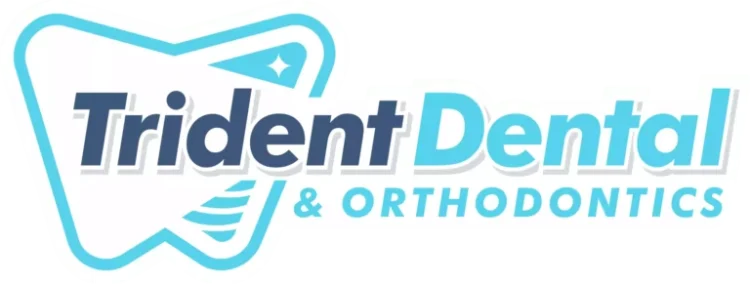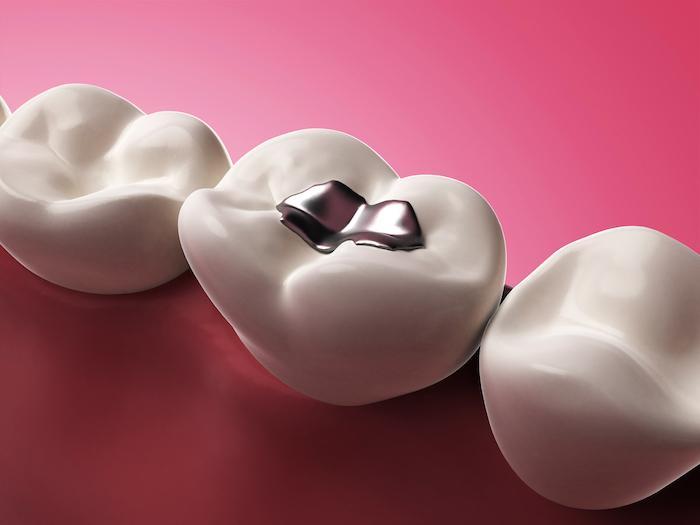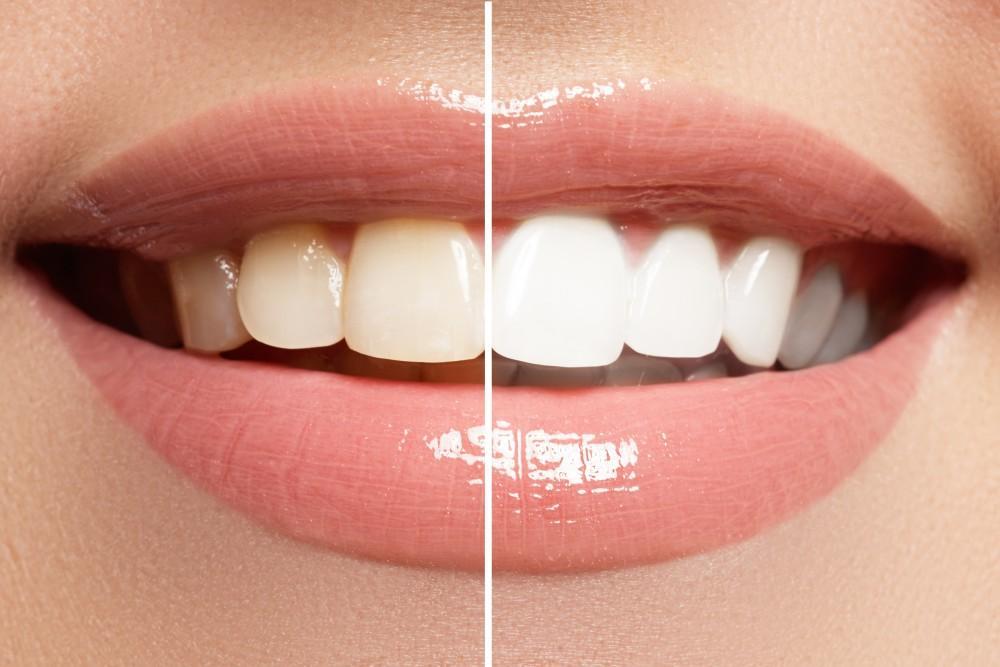Orthodontics
At Trident Dental & Orthodontics, our award-winning doctors are experts in transforming smiles with speed and precision. We’re dedicated to enhancing your dental aesthetics and achieving perfect teeth alignment swiftly. Plus, with our convenient in-house payment plans, achieving your dream smile is easier and more affordable than ever. Let us help you unlock the power of a confident, beautiful smile quickly and stress-free.
Request An Appointment
We Accept Most Insurances
Braces
Would you like to transform a set of crooked teeth into an attractive smile that will turn heads? Well, it’s never been easier. Trident Dental offers both traditional braces and clear braces in Houston, Texas. If you want to straighten out your smile with minimal hassle and high-quality results, call or book an appointment online today.
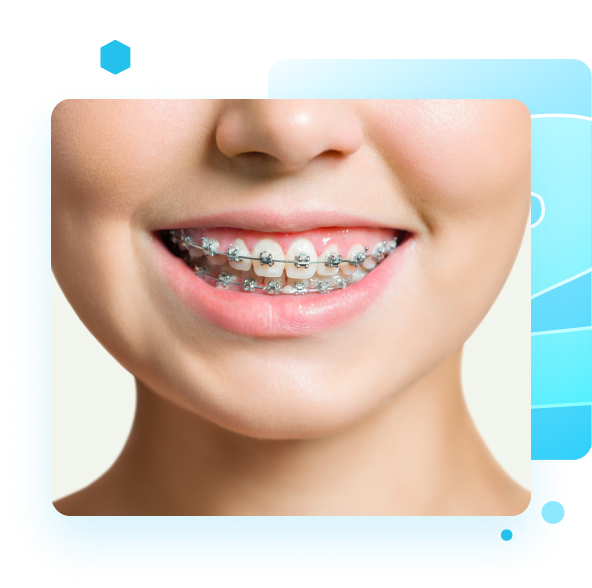
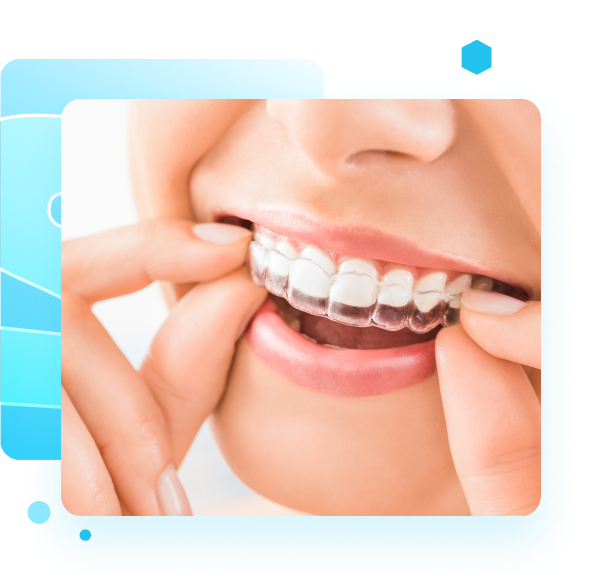
Invisalign
Invisalign provides an attractive alternative to traditional orthodontic treatments like braces. It is a revolutionary new way to straighten teeth. This treatment involves wearing clear plastic aligners over your teeth to align them over time gently.
retainers
At Trident Dental, our Orthodontic Retainer service ensures that your teeth remain aligned and your smile stays perfect for years to come.
Retainers are custom-made devices, crafted from clear plastic or wires, designed to hold teeth in their new position after orthodontic treatment. They are an essential step in the orthodontic process, preventing your teeth from shifting back to their original place.
We provide both fixed and removable retainers, depending on your specific needs and lifestyle. Our team will guide you through the selection process, ensuring that you receive the most suitable and comfortable retainer.
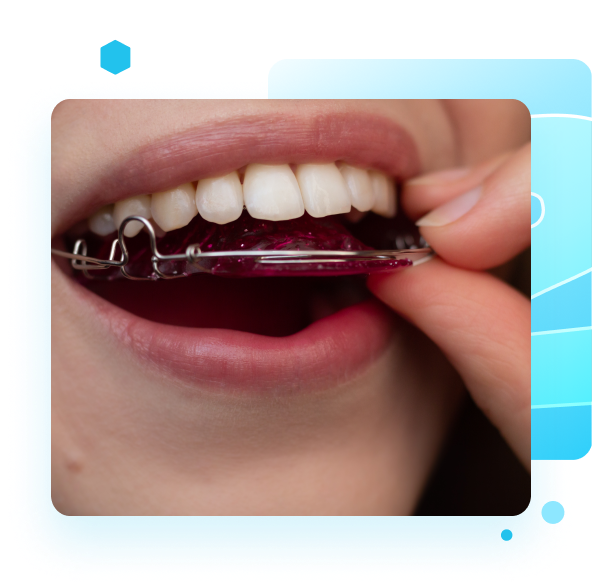
Book Now To Get A Free In-Office Teeth Whitening
Ortho FAQs
How Much Do Braces Cost?
The cost of braces can vary significantly depending on several factors, including the type of braces, the complexity of the orthodontic treatment, and the duration of the treatment. Here’s a general overview of the cost based on the type of braces:
- Traditional Metal Braces: These are usually the least expensive option, with prices typically ranging from about $2,500 to $5,000.
- Ceramic Braces: Ceramic braces, which are less noticeable than metal braces, tend to be slightly more expensive. They can cost anywhere from $3,000 to $6,000.
- Lingual Braces: These braces are placed on the back side of the teeth, making them invisible from the front. They are typically the most expensive, with costs ranging from $6,000 to $9,000 or more.
- Invisalign (Clear Aligners): The cost for Invisalign is comparable to that of traditional braces or slightly higher, generally ranging from $4,000 to $7,500. However, the price can vary based on the Brand, the number of aligners, and the length of treatment.
Dental insurance can sometimes cover a portion of the cost of braces, especially for patients under 18. It’s also worth checking if orthodontic treatment is covered under your health insurance plan. Many orthodontic clinics including Trident Dental offer easy-to-pay payment plans to help manage the expense.
You can find Trident Dental’s treatment Prices here and check out this month’s dental treatment special offers here.
How Long Will I Have to Wear Braces?
The duration of orthodontic treatment with braces varies widely depending on several factors, but typically, braces are worn for about 1 to 3 years. Here are some key factors that influence the length of treatment:
- Complexity of the Dental Issue: The nature and severity of the dental problems being corrected play a significant role. Simple corrections, like closing a gap or aligning crooked teeth, usually take less time compared to more complex adjustments like correcting an overbite or underbite.
- Age of the Patient: Generally, younger patients may experience quicker results due to the malleability of their jawbones and teeth. Adults can still achieve great results, but it might take a bit longer compared to children or teenagers.
- Type of Braces: The type of braces used can also impact the duration of treatment. Traditional metal braces, ceramic braces, lingual braces, and clear aligners like Invisalign each have different average treatment times based on their design and effectiveness for specific types of dental issues.
- Patient Compliance: Adherence to orthodontic instructions, including maintaining good oral hygiene, attending regular adjustment appointments, and wearing any additional orthodontic appliances as prescribed (like rubber bands), is crucial for staying on track with the treatment timeline.
- Individual Variation: Every patient’s mouth responds differently to orthodontic treatment. Some people’s teeth move more quickly than others.
During your initial consultation and throughout your treatment, your orthodontist will be able to give you a more specific estimate based on your circumstances. It’s also common for the estimated time frame to be adjusted as the treatment progresses, based on how well your teeth are responding to the braces. Currently, In Trident Dental our average length of orthodontics treatment is 22 months.
Are Braces Painful?
Braces can cause discomfort, but it’s generally mild and manageable. The level of discomfort varies from person to person and can depend on the specific orthodontic procedures being performed. Here are some key points regarding pain and braces:
- Initial Placement: When braces are first placed, and after adjustments, it’s common to experience some soreness or discomfort. This is because the braces are applying pressure to the teeth to move them into the correct position.
- Adjustment Periods: The discomfort is usually most noticeable in the first few days after getting braces and after routine adjustments, which typically occur every 4-6 weeks. The soreness usually subsides within a few days.
- Type of Discomfort: The discomfort can feel like pressure or a dull ache in the teeth and jaws. It’s usually not sharp or severe.
- Managing Discomfort: – Pain relievers: Over-the-counter pain relievers like ibuprofen or acetaminophen can help ease the discomfort. – Soft Foods: Eating soft foods that require minimal chewing can be helpful during periods of soreness. – Oral Anesthetics: Gels or ointments designed for oral use can provide temporary relief. – Dental Wax: Using orthodontic wax can help prevent braces from irritating the inside of your mouth.
- Duration of Discomfort: For most people, the discomfort associated with braces is temporary and intermittent. It’s usually only significant during the initial period after placement and after adjustments.
- Long-term Comfort: As treatment progresses, many patients get used to the feeling of braces and experience less discomfort over time.
It’s important to communicate with your orthodontist if you experience any severe or prolonged pain. They can provide advice and solutions to make your orthodontic treatment as comfortable as possible.
Learn More About Dental Implants
Every week we work hard to create useful and interesting content about oral healh and cosmetic dentistry, please follow us on social media to get notifications about our latest articles, and click below to read our past articles.
What to Expect During the Dental Implant Process
Dental implants are the most natural and functional...
Which Type of Teeth Whitening Should I Choose?
Whitening discolored teeth can have a dramatic impact...
Why Early Treatment of Gum Disease Can Make All the
Gum disease is very common. In fact, about 46% of...
